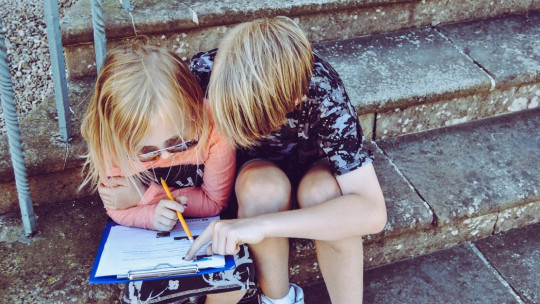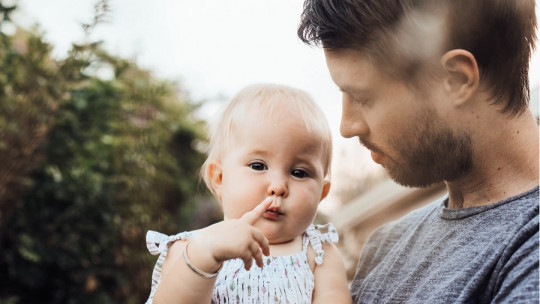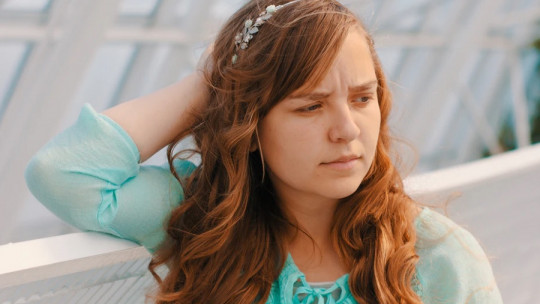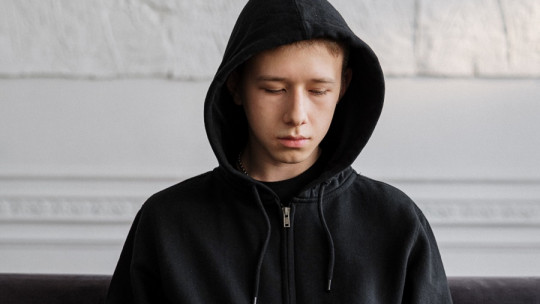Nobody doubts that creativity is a fundamental capacity in the little ones It helps them express themselves, to manifest their inner world, in addition to helping adults see through their eyes.
However, although all fathers and mothers want the best for their children, sometimes, from an adult perspective, children’s expressive freedom is restricted, putting limits on a capacity that, naturally, does not have them.
Telling children how they should express themselves artistically is like cutting the wings of a butterfly and, sadly, this mistake is very common in parents who are too rigid to dare to see the world as their own children do.
That is why it is necessary to understand what are the best ways to maximize children’s creativity, in addition to learning fun ways to put their imagination into practice.
Although it is believed otherwise, being creative is not something as innate as one might think, but rather it is an aptitude that can be exercised like any other. Let’s see how to do it.
How to encourage creativity in boys and girls: general advice
All parents want the best for their children, but sometimes they don’t know how to do it in the best way it can be done. On many occasions, without daring to remember how they liked to express themselves when they themselves were little, adults are not aware of what children like and do not like to do and, what is perhaps more important, how they do not like to be tell them what to do.
For this reason, and to prevent the very good intention of promoting creativity in children from turning into boredom and something seen as homework, it is advisable to follow a series of tips. The last thing we want to achieve in children is for them to see art as a real bummer.
1. Let them be different
As we were already suggesting, rigidity is the killer of creativity Originality dies the moment you ask someone to do things like everyone else.
If they want to draw a green elephant instead of gray, let them do it. And if, in addition, instead of four legs and a trunk they add wheels and a water cannon, all the better.
Giving them all the artistic freedom to do what they want most is a very good way to let all kinds of ideas flow, in addition to making them gain self-confidence and not be afraid of making mistakes.
Nobody makes mistakes or makes mistakes when expressing themselves artistically. Art, in whatever form it is displayed, is something that does not follow an instruction manual. You should not be afraid to imagine, to be free.
2. Give them everything they need
A home in which painting instruments, papers, plasticine, clay and other creative elements abound It is an ideal place for the future artist.
To develop creativity in childhood, a lot of stimulation is required, and having all these elements is a very good way to achieve it.
Of course, not everyone has to have the artistic arsenal of Dalí, Picasso, Michelangelo or Da Vinci in their home, but you can have some everyday supplies that will certainly also serve to stimulate the little ones.
Just a few sheets of paper, paints of any kind, old pieces of fabric and a child’s imagination are enough to make your entire inner world come true.
And, of course, in the process, they should be allowed to get dirty, go out of line, use as many papers as they want, and break the occasional pencil. They should be allowed to have fun, that’s why they do it.
3. If you don’t agree with something, so be it.
This, perhaps, more than directly related to artistic creation, is rather a way of looking at facing life.
Since time immemorial, children have been told that they must obey without question what their parents and teachers tell them.
However, Don’t they have the right to say what they think? How do we want them to be free artistically if we don’t let them be free in other aspects?
Always within limits, according to some rules and with respect, the little ones should be allowed to say what they like and what they don’t, what they think about any mundane situation and what they think could be done to help them. I would like it.
Divergent thinking involves looking for many solutions and proposing new ideas that the world does not necessarily see with the best eyes.
Telling them that they are wrong for disagreeing is, in essence, saying that giving an opinion is wrong.
4. Be the example
It’s all very well encouraging boys and girls to be creative, but it doesn’t help much if mom or dad stays on the couch watching TV while waiting for their child to be the future Pollock, Stephen King or Almodóvar.
Following the same philosophy of ‘if you read, they read’, if what we want is for the little ones to develop artistically, Ideally, they should see adults being creative in their free time
This way, children will associate it with something fun, not something their parents are asking them for just because.
It is also very important to limit the time spent watching television at home (this is not just for the little ones!), in addition to encouraging going out as a family to do cultural activities such as going to a museum, the theater or watching a movie. educational.
5. The process matters, not the result
As we were already commenting, art should not be judged in terms of right and wrong A child’s drawing or any artistic activity he has done should not be viewed in terms of whether it is well done or not.
It will always be well done, as the child has made an effort to express his complex and rich inner world.
The process is what matters. They should enjoy what they are doing, feel a lot of fun while playing with clay creating all kinds of figures or playing at being a cowgirl or a nurse.
The child must feel authentic satisfaction while putting his or her creativity into practice.
Creative activities
Once you have seen the guidelines to follow recommended for adults, It’s time to see what activities encourage the creativity of the little ones in the house
It is very important that parents are aware while they are being made, not to control them, but to participate in the artistic process of the boys and girls, in addition to giving them confidence to create freely.
1. Building blocks
A classic Games such as Legos, wooden blocks, Meccanos… are ideal for the child to put his imagination into practice.
Four blocks of wood can be a house, a church, the Tower of Pisa and a medieval castle in a single afternoon.
Not only is it creative, it also improves cognitive abilities in addition to fine muscles.
2. Paint
Another classic that we were already introducing at the beginning of the article.
It is surprising how a few paintings and a sheet of paper can be the source of an entire landscape that, although somewhat abstract, It is the best example of the child’s imagination
It doesn’t just have to be on a sheet of paper. Paints, such as tempera and watercolors, are ideal for expressing on a canvas what is in the child’s head.
3.Tangram
The classic tangram consists of seven pieces that can be combined to make all kinds of shapes which is why it is ideal for children to test their creativity.
With those seven pieces you can form the figures of a monk, a cup, an athlete… anything that comes to mind.
4. Visit museums and read
The more you know, the more you are aware that the world has no limits Something new will always be discovered and that, in itself, is a valuable lesson.
But, in addition to this, there is the fact that the more you know, the more data you can combine and, in turn, this encourages the imagination, given that you have a wide body of knowledge from which all kinds of new ideas can emerge. .
For this reason, every family should never miss a monthly visit to museums, in addition to reading a lot. It is also worth watching documentaries or visiting the zoo.
5. Learn languages
Children’s brains are very plastic, that is, they assimilate new knowledge very easily. That is why a popularly known belief, which is in fact true, is to encourage language learning in the first years of life.
But what perhaps few know is that multilingual people have a greater propensity to generate creative ideas.
Also, by having a better perception of the mother tongue, multilingualism makes writing easier, especially its most creative version: literature.
6. Take pictures
Daily life may seem like something that is not that big of a deal, but the truth is that, every day, things happen that are out of the ordinary Only we don’t pay attention.
A good way to encourage creativity in children is to give them a camera and invite them to look for details in everyday things that seem out of the ordinary.
They may have found a spider in the bathroom and it caught their attention, or, while it was raining, they may have seen three autumn leaves floating in a puddle in such a way that they form a heart.
Everything observable with the lens of a camera can be, to children’s eyes, something that stands out from the typical, and they themselves can invent stories to explain them.
Albert, M.L. and Obier, L.K., (1978). The Bilingual Brain, New York: Academic Press. Di Pietro, R.J. (1976). Language as Human Creation, Washington, DC: Georgetown University Press. Runco, MA and Bahleda, MD (1986) Implicit Theories of Artistic, Scientific, and Everyday Creativity. Journal of Creative Behavior, 20(2). 93-98. Torrance, P. 1965. Scientific view of creativity and factors affecting its growth. Daedalus, : 663–64.









